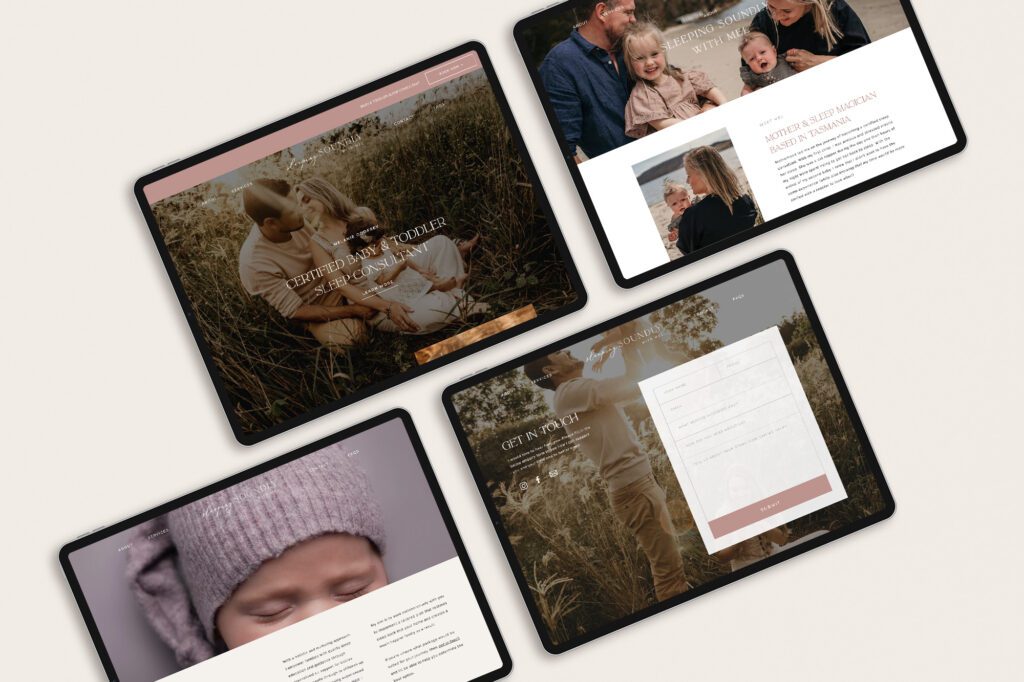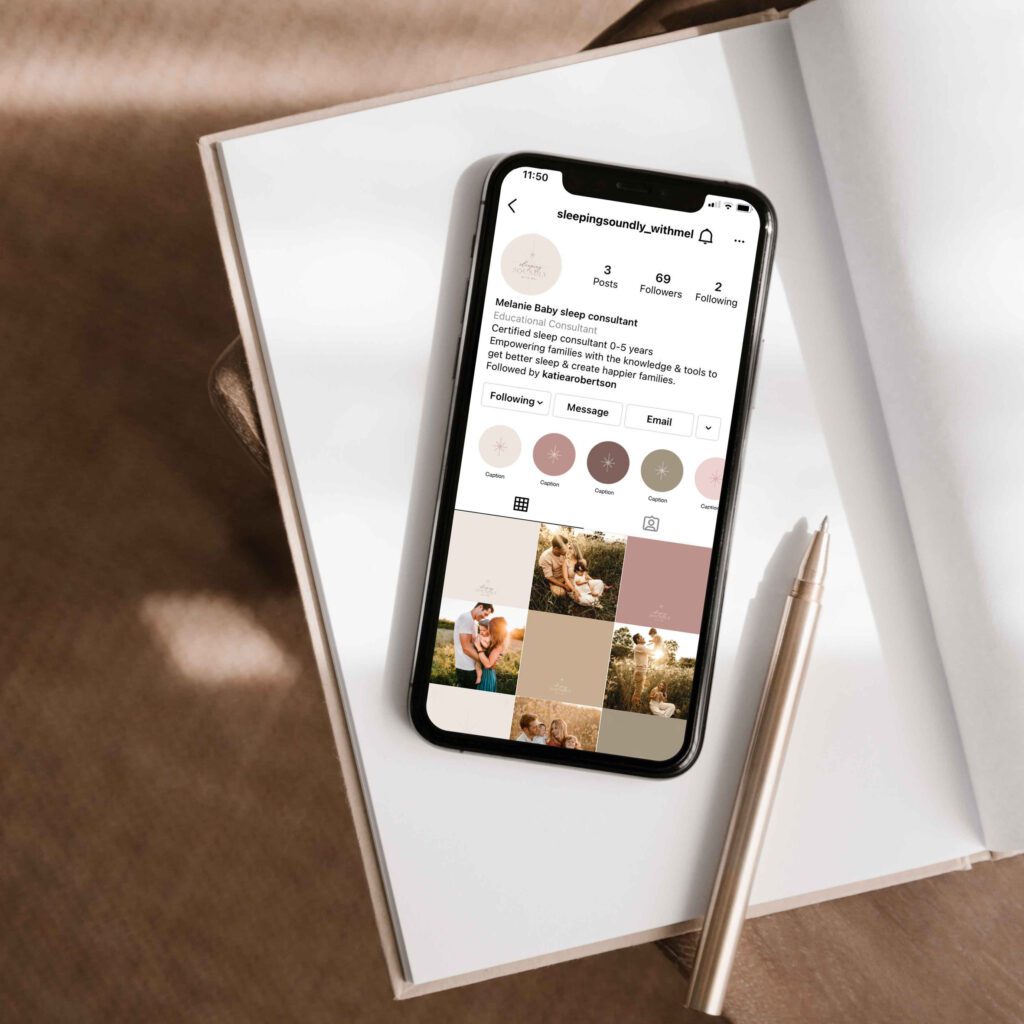What are Brand Guidelines?
I'm Ash
I help visionaries create luxury
brands & websites with purpose.
What are Brand Guidelines? A brand guideline is exactly that: rules and guidelines for your brand for consistency. Every successful brand will have a Brand Guideline document behind it. Brand guidelines are also referred to as a brand style guide or a brand manual. The purpose of brand guidelines is to educate you on how to effectively use and implement all your brand elements consistently and professionally.
Consistency is so important and plays a vital role in everything I design here at White Ink Creative. To have strong brand consistency, you need to communicate your message. Another reason to establish your brand guidelines, strategy, values, and goals – essential foundations for your business.
Consistent use of your brand’s elements can increase your recognition and in turn, attract your dream clients. Two essentials to having successful brand guidelines are repetition and consistency. If you continue to present your brand consistently, your audience will instantly recognise your brand values over time. It’s the know, like and trust factor. With these elements showing up, your audience will likely engage your product/service and purchase from you.
A brand guideline will help you and anybody who works with your brand provide consistency. This is a document you can give to your copywriter, photographer, social media manager, web designer and beyond. Anyone who touches your brand can collaborate and easily create content that aligns with your brand.
Brand guidelines allow you to introduce your brand to every person you work with. They will know what your brand stands for and how to use the visual and strategic elements, essential to creating a memorable brand.
I have put together 6 key sections your Brand Guidelines needs and what I include in my Brand Guideline documents.
1 – Brand Direction
This section covers the Brand Strategy and Direction plan we put together for your unique brand. It is your vision, message, target market, competition, unique selling proposition, brand voice and personality.
Approaching your marketing and branding with a strategic foundation first, you are more likely to get your desired results, and in turn, grow your business for success. When you execute a marketing tactic with the right strategy behind it, it will work well. With an in-depth strategy and discovering what makes you and your business unique, you will reach your ideal audience.

2 – Logo Variations + Usage
You probably guessed this one! Your logo is included at the beginning section of your guidelines. Along with the different logo variations created, like your primary, secondary and submark logos (Check out this blog for 3 logo variations your brand needs).
This section also shows you how to and how not to use your logo, along with minimum size/spacing for use in different layouts. I like to include all the colours and variations.

3 – Colour Palette
When it comes to curating a consistent and cohesive brand for your business, you’ve got to have a strong colour palette! Colour conveys your values, makes you stand out and evokes different emotions. Colour is the simplest way to showcase your brand across multiple platforms – from your social media posts and website to your printed elements. These are all opportunities to use a distinct brand colour palette to give your business a strong visual presence.
This section includes colour meaning and psychology, explaining why they have been selected for your brand in particular. It lists your colour codes for print and web use – CMYK, RGB and HEX codes.
When I put together the final colour palette for my clients, I make sure to allow flexibility. To do this, I select 2-3 complementary colours that are more neutral and at least 2 colours that are for primary use. The primary colours are typically bold and bright in comparison to the complimentary colours.
Want more help with colours? Check out this blog: How to choose your brand colours.

4 – Typography + hierarchy
Fonts are equally important to your branding as your colour choice, and so, have their own section in your brand guidelines. The typography palette selected helps to tie in all your visual communication together, from the copy on your print collateral to digital areas such as your website. All of these elements combined create brand consistency and memorability.
Different typefaces evoke different feelings and convey different personalities for your brand and collateral. This is why it is super important to be intentional with your font choices and pairings. Different moods can also be created with varying letter spacing, colours and positioning.
Want more help with colours? Check out this blog: How to choose your brand fonts

5 – Branded Elements
This section is tailored to each project, with the examples of elements we create together. Such as your business card, letterhead, social graphics, patterns, icons and more. It shows anyone who touches your brand how specific elements should appear. This is key to creating an authentic brand that connects with your audience on a deeper level. When we create your brand identity, we want to make it lasting, memorable and meaningful!

6 – File Types + Usage
This section will guide you on what each file type is, and when and where to use them. This helps you keep all marketing/advertising and digital elements of your brand consistent and instantly recognisable.

Conclusion
A brand guideline is a key document that helps you and your content creators communicate a consistent message to your audience. It is an essential asset to creating memorable, on-brand content and design. It will effectively communicate your business and brand to anyone who uses it. I hope these 6 Key Brand guidelines elements were helpful to your business journey and growth. If you would like to work on these elements with me, feel free to reach out via email at info@whiteinkcreative.com.au and we can schedule a FREE Discovery Call to discuss your business and desired outcomes.